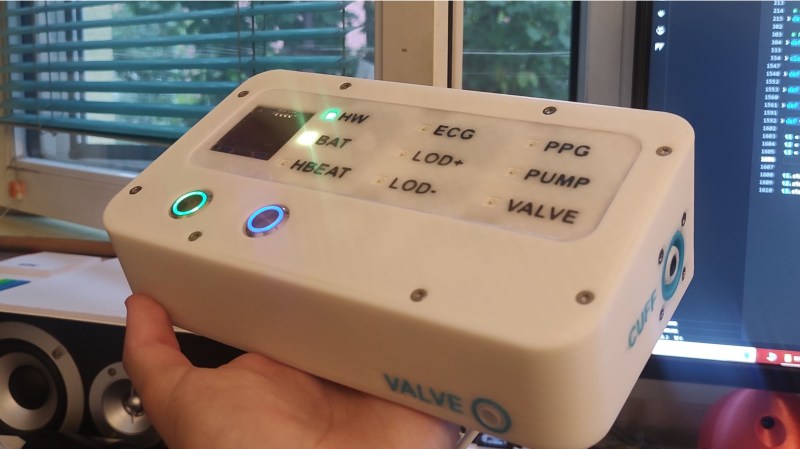Is it [Dr. McCoy]’s long-awaited sickbay biobed, with wireless sensing and display of vital signs? Not quite, but this wearable patient monitor comes pretty close. And from the look of it, [Arthur]’s system might even monitor a few more parameters than [Bones]’ bleeping bed from the original series.
Starting with an automatic blood pressure cuff that [Arthur] had previously reversed engineered, he started adding sensors. Pulse, ECG, respiration rate, galvanic skin response, and body temperature are all measured from one compact, wrist-wearable device. It’s not entirely wireless – the fingertip pulse oximetry dongle and chest electrodes still need to be …read more
 Continue reading Wireless Wearable Watches your Vital Signs→
Continue reading Wireless Wearable Watches your Vital Signs→
